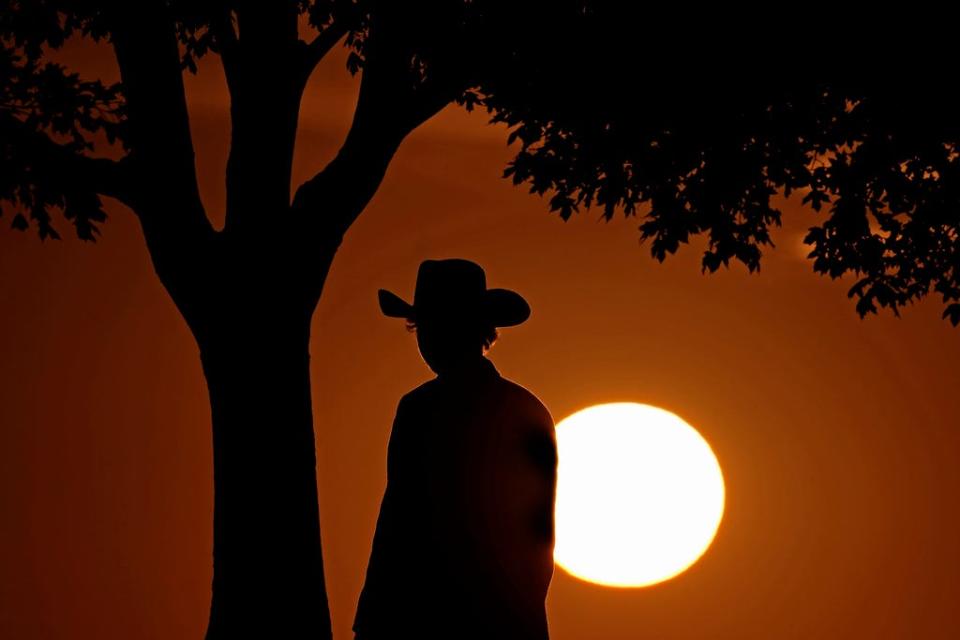Daylight saving time 2023: Why some Americans won't 'fall back' in November
On Sunday, Nov. 5 at 2 a.m. local time, the clocks for millions of Americans will go back an hour and we will gain an extra hour of sleep, marking the end of daylight saving time for 2023.
In March, we will move our clocks forward an hour and lose an hour of sleep as daylight saving time begins for 2024.
It's a twice-annual change that is observed by most, but not all people living in the U.S.
Here's what to know about which parts of the U.S. don't observe daylight saving time and why.
Is daylight saving time ending in 2023? What to know about proposed Sunshine Protection Act
Do all states observe daylight saving time?
Not all states and U.S. territories participate in daylight saving time.
Hawaii and Arizona (with the exception of the Navajo Nation) do not observe daylight saving time, and neither do the territories of American Samoa, Guam, the Northern Mariana Islands, Puerto Rico and the U.S. Virgin Islands.
Because of its desert climate, Arizona doesn't follow daylight saving time. After most of the U.S. adopted the Uniform Time Act, the state figured that there wasn't a good reason to adjust clocks to make sunset occur an hour later during the hottest months of the year.
The Navajo Nation, which spans Arizona, Utah and New Mexico, does follow daylight saving time.
Hawaii is the other state that does not observe daylight saving time. Because of its proximity to the equator, there is not a lot of variance between hours of daylight during the year.

Do all countries observe daylight saving time?
Besides the U.S., daylight saving time is also observed by other countries in North America, Europe and parts of Africa and Asia in the Northern Hemisphere summer, and in parts of South America and Oceania in the Southern Hemisphere summer, which is opposite.
When does daylight saving time end 2023? Here's when to set your clocks back an hour
When does daylight saving time end in 2023?
Daylight saving time will end on Sunday, Nov. 5 at 2 a.m. local time. In 2024 it will begin on March 10 and end Nov. 3.
We gain an hour in November (as opposed to losing an hour in the spring) to accommodate for more daylight in the mornings. When we "spring forward" in March, it's to add more daylight in the summer evenings. In the Northern Hemisphere, the autumnal equinox was Sept. 23, marking the start of the fall season.
This article originally appeared on USA TODAY: Daylight saving time 2023: Which states don't observe time change?

